Outback Brethren (Foley & Rose Book 8)
Book summary
"In 'Outback Brethren,' Major Crime Investigators Russell Foley and Sam Rose are thrust into a remote Australian outback mystery when a teenage girl's body is discovered. As they delve into the enigmatic religious community led by Gabriel Savior, they unearth a web of secrets, questioning the true nature of the Outback Brethren. With kidnapping and murder at play, Foley and Rose race to unravel the truth and halt the sinister forces threatening lives."
Excerpt from Outback Brethren (Foley & Rose Book 8)
Sergeant John Singh sat on a sturdy, stainless-steel stool and leaned casually back against the spotlessly clean, sterile, white-tiled wall. A veteran cop with over twenty years in the job behind him, Singh, based in Alice Springs in the very heart of the Australian continent, was the Officer in Charge of the Northern Territory Police Forensic Unit, Southern Command.
The pathology unit, located in the lower ground floor of the Alice Springs Hospital, was, like pathology units everywhere, a joyless and uninviting place at best, containing a potpourri of aromas dominated by the smell of formaldehyde and Pine O Clean antibacterial liquid disinfectant.
Singh had been in this room many times in the course of his job, sitting on the same stool and leaning against the same wall. Doctor Martin Stevens, the head pathologist attached to the Alice Springs Hospital, told him once that he was going to have a plaque fixed to the wall announcing that this was Singh’s stool, and Singh’s special place to sit and watch autopsy proceedings.
The most important requirement of Singh’s job was to investigate the circumstances of every death where the law of the land dictated an autopsy was a legal necessity. Often, his workload notwithstanding, Singh would attend such autopsies himself. Other times, he would delegate the responsibility to a member of his forensic team.
John Singh loved his job, but autopsies were never pleasant procedures to witness. He had witnessed more autopsies than he cared to remember, and had long ago passed beyond the point of nauseating discomfort that affected most of those charged with attending such procedures, particularly “first timers.”
Despite his many years of experience, and the hundreds of autopsies he had witnessed, Singh only ever found the procedures interesting—never pleasant. He considered his attendance to be more of an investigative necessity than a pleasantry.
Today, because the particular case that had landed on his desk aroused his investigative curiosity more than some others he had witnessed, he elected to attend himself. While he looked relaxed, perhaps even a little bored, he was far from disinterested in the proceedings occurring just a few metres in front of him.
In the centre of the room, Doctor Stevens stood over a stainless-steel gurney on which lay the body of a young woman.
The woman was naked. A white sheet had been pulled down discreetly covering her genital region. On the end of a movable arm above the gurney, a microphone hung down, enabling Stevens to dictate his findings as he proceeded with the autopsy. Also, a bright light suspended on a second movable arm could be moved up, down, and sideways as required, focusing a powerful beam down on the gurney and its grisly contents.
Wearing surgical gloves, a crisp, clean, knee-length, white hospital coat, a surgical mask, and a surgical style head covering, Stevens stood poised over the body with a scalpel in one hand. He paused for a moment, lifted his eyes from the body, and looked across at John Singh. “This young lady is an attractive woman,” he said, his voice lightly muffled beneath the mask.
“Was an attractive woman,” Singh said.
“Still is, even in death,” Stevens commented.
“I can’t say that I ever found anything particularly attractive about dead people,” Singh responded. “She looks skinny,” he added.
“Death does not discriminate, John,” Stevens said. “It will take the rich and the poor, the attractive and the ugly, the fat and the skinny. In this poor lass’s case, her body is much more appropriately described as undernourished as opposed to ‘skinny.’”
“Bulimic?” Singh questioned.
“Too early to tell, but I don’t think so,” Stevens answered. “There are some modest signs of muscle atrophy, which is not uncommon in severe cases of bulimia, but I think, in this case, she just didn’t eat enough.”
Stevens lifted one of the dead girl’s hands, leaned down, and looked closely at it. There was traces of dirt under her fingernails, which were worn and cracked, as he would expect to see in someone who was engaged in hard, physical work over a long period of time.
“She has the hands of an outdoors laborer,” Stevens continued. “Incongruent really, given her somewhat frail build. Despite the signs of mild muscle wastage, mostly her muscle tone is well-defined and firm. Whatever she did for a living, she worked hard at it. I’ll know more when I get inside and have a closer look at her internal organs.”
John Singh climbed off his stool, crossed to the gurney, and looked down at the dead girl. “How old?” he asked.
“Younger than you and me,” Stevens said with a shrug.
“Everyone’s younger than you, doc,” Singh joked.
Stevens smiled behind his mask. “Not true, but close,” he said. He looked back down at the body. “Early to mid-twenties would be my best guess,” he offered.
“Any ID?”
“No, she had nothing on her but the clothes she was wearing when she came in here.”
“Who brought her in?”
“Apparently a couple of tourists stumbled across her in the bush, somewhere west of Elliott. They notified the police at Elliott and attended the scene. They figured she must have been wandering around out in the bush, got lost, and died of dehydration. She was conveyed here from Elliott by ambulance.”
“No obvious physical injuries?”
“Nothing immediately obvious,” Stevens answered. He pointed to the woman’s shoulder and upper arms. “There are signs of bruising around both arms and her upper body. Mostly they are fading, but some are more recent than others, which would indicate she got them at different times. How she got them is anyone’s guess, but they resemble the bruises one might get from a struggle.” He lifted his eyes from the body and up at Singh. “Are you staying?”
“I’ll sit back there,” Singh said, indicating the stool he had just vacated. “I’ve seen more than my share of autopsies, and it’s the carving part that I never seem to get used to.”
“You have to put aside the fact that the deceased was once a living, breathing human being, at least for the duration of the procedure.”
“Hard to do when they’re lying there staring up at you with those dead eyes,” Singh said as he turned away and crossed back to the seat against the wall.
Stevens lifted his mask and scratched at an insistent itch at the edge of his nose. With the itch appeased, he readjusted his surgical mask and looked across at Singh. “I understand the dynamic duo will be here shortly. You can talk to them instead of watching me carve.”
“Foley and Rose are coming?” Singh asked.
“As we speak, I believe,” Stevens answered.
With a light, expert touch, Stevens leaned down close to the body and made the first incision with the razor-sharp scalpel.
He made a “Y” shaped surgical cut from one shoulder down to the sternum, followed by a second cut from the opposite shoulder down to where the first cut culminated. He took a moment and stood back, admiring his work. Then, he pushed the white sheet covering the woman’s pubic region down a little lower and proceeded to make a third incision. This one commenced at the junction of the two previous cuts and continued from the sternum down to the pubic bone. He pulled at the skin and its associated underlying tissue, folding it back on both sides, exposing the woman’s rib cage and internal organs from the neck to the abdomen.
Despite the countless autopsies John Singh had witnessed, this was the one part of the procedure that he had developed a strong distaste for and had never been able to get used to. This part of the process seemed somehow surreal. There was something unnatural about the dissection of a body that always left Singh with the strangest of feelings: seeing a body carved-up with its internal organs removed and stored in glass jars made it difficult for him to separate himself from the concept of a once living, breathing person to a sliced and diced carcass lying on a cold, hard slab in a mortuary. It was all necessary, of course; the laws of the Northern Territory dictated that in cases where the deceased’s ID was unknown and the cause of death was unknown, an autopsy was a legal requirement.
Suddenly, the airlock door next to where Singh sat swung open with an audible hiss, startling him. Russell Foley stepped into the room, followed closely by his long-term police partner Sam Rose. Foley and Rose were senior detectives attached to the Alice Springs branch of the Northern Territory Police Force Major Crime section. They had been friends since their recruit training days, and partners for almost as long. Admired and respected by their colleagues and superiors alike, Foley and Rose, their case clearance rate second to none, were considered by all who knew them, to be the best homicide investigators in the job.
“Well, well, well,” John Singh said with a wide smile. “If it’s not Batman and Robin. I haven’t seen you two around for a long time. Where have you been?”
“G’day, Singho,” Foley greeted the forensic sergeant. “Still sitting around watching other people work?”
“This is the police force, Russell,” Singh responded. “There are good jobs and there are bad jobs to be had. I guess I lucked out and landed one of the good ones,” he added, somewhat tongue-in-cheek. He hopped off of the stool and indicated it to Foley and Rose. “However, you would think they would provide me with a half-decent chair to sit on. Look at this thing. The cushion is cracked and torn in a couple of places. Not bloody good enough for a man of my status.”
Sam Rose stepped closer to the now vacant stool and looked at it. “The cracks and tears in the top are your own fault, Singho,” he said. “You’ve been sliding your fat backside on and off it for years. Hence the tatty appearance.”
“And hello to you, Sam,” Singh smiled. “What are you two doing here? Surely you didn’t come here to just to make disparaging and utterly false remarks about my posterior.”
“We heard about the body found out in the bush,” Sam said. “Thought we better have a look and see what’s up.” He looked across the room and raised a hand in greeting to the pathologist Martin Stevens. “Good morning, doc,” he called.
“Hello, boys,” Stevens called back, waving a small electric hand-saw. “Sorry I can’t say whether this is a case of interest to you chaps yet. It’s a little too early to tell. I’ve just started.”










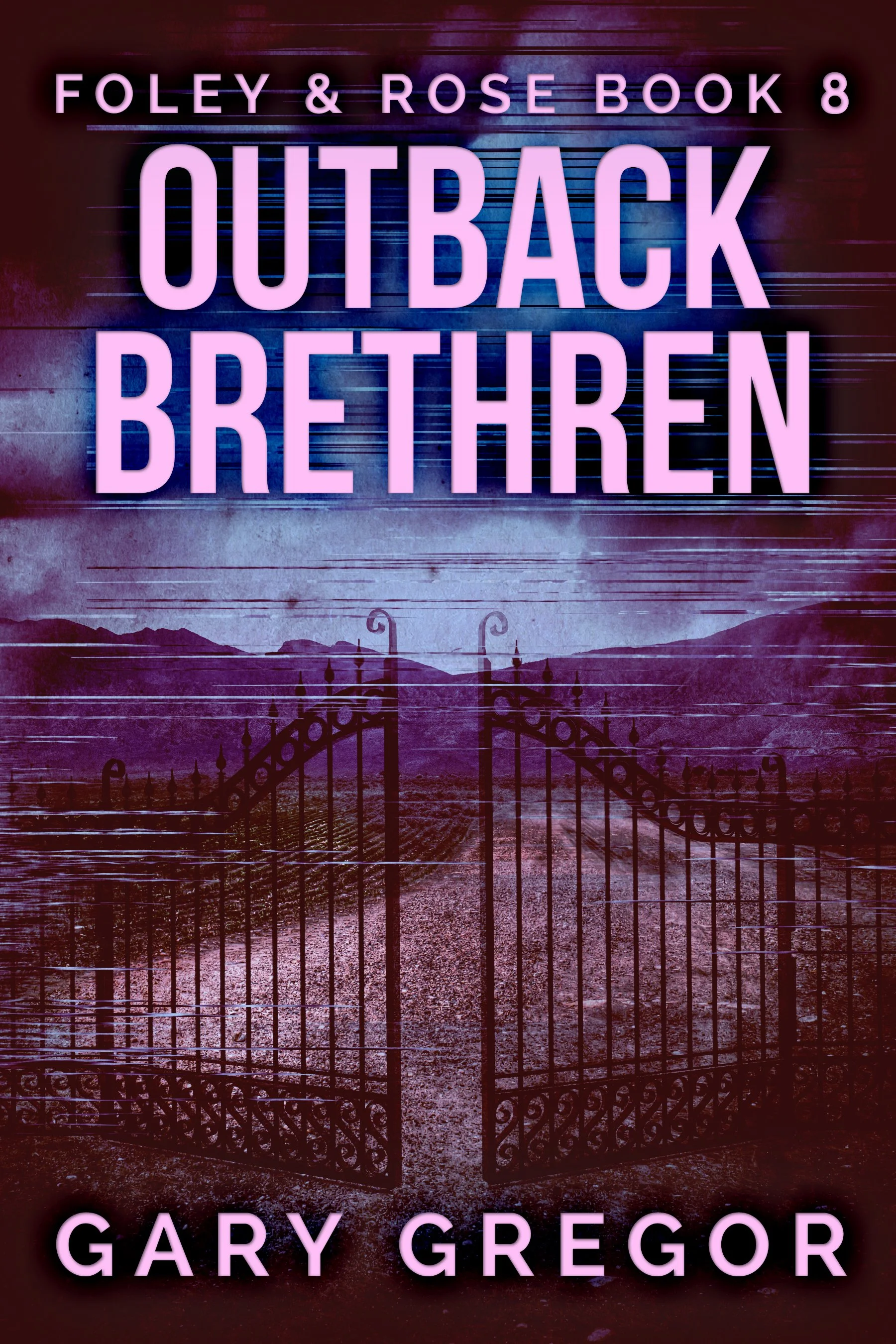
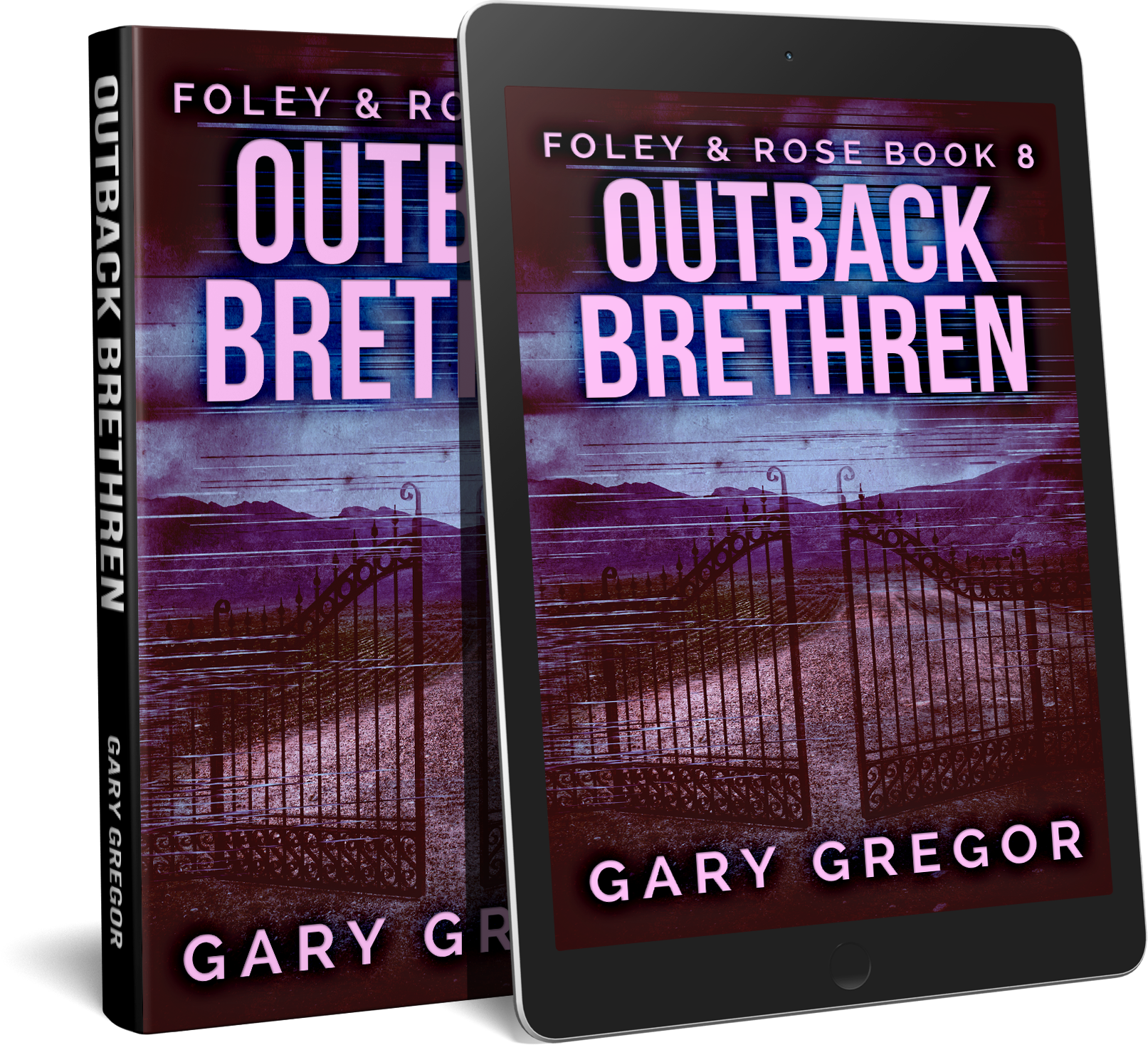
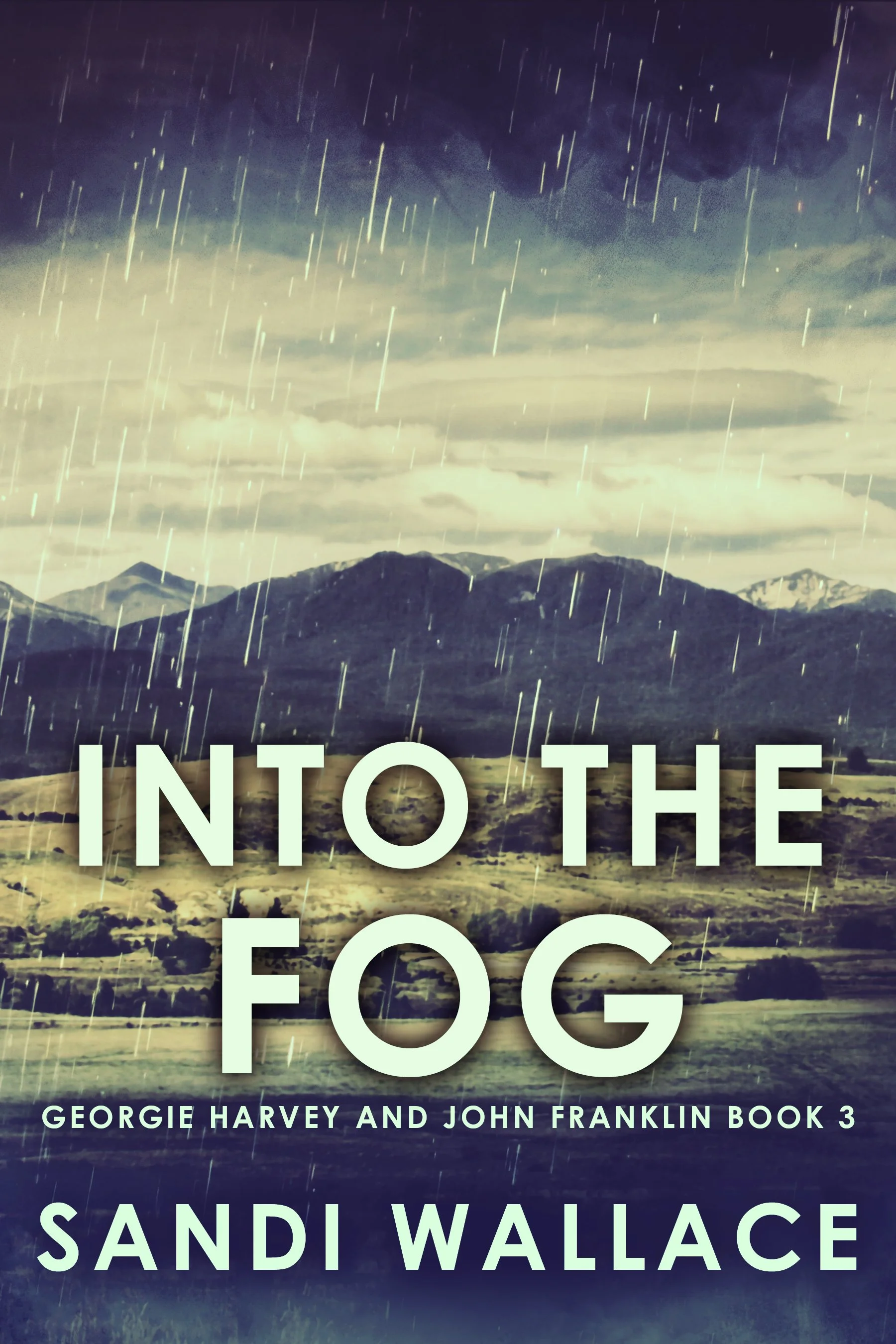

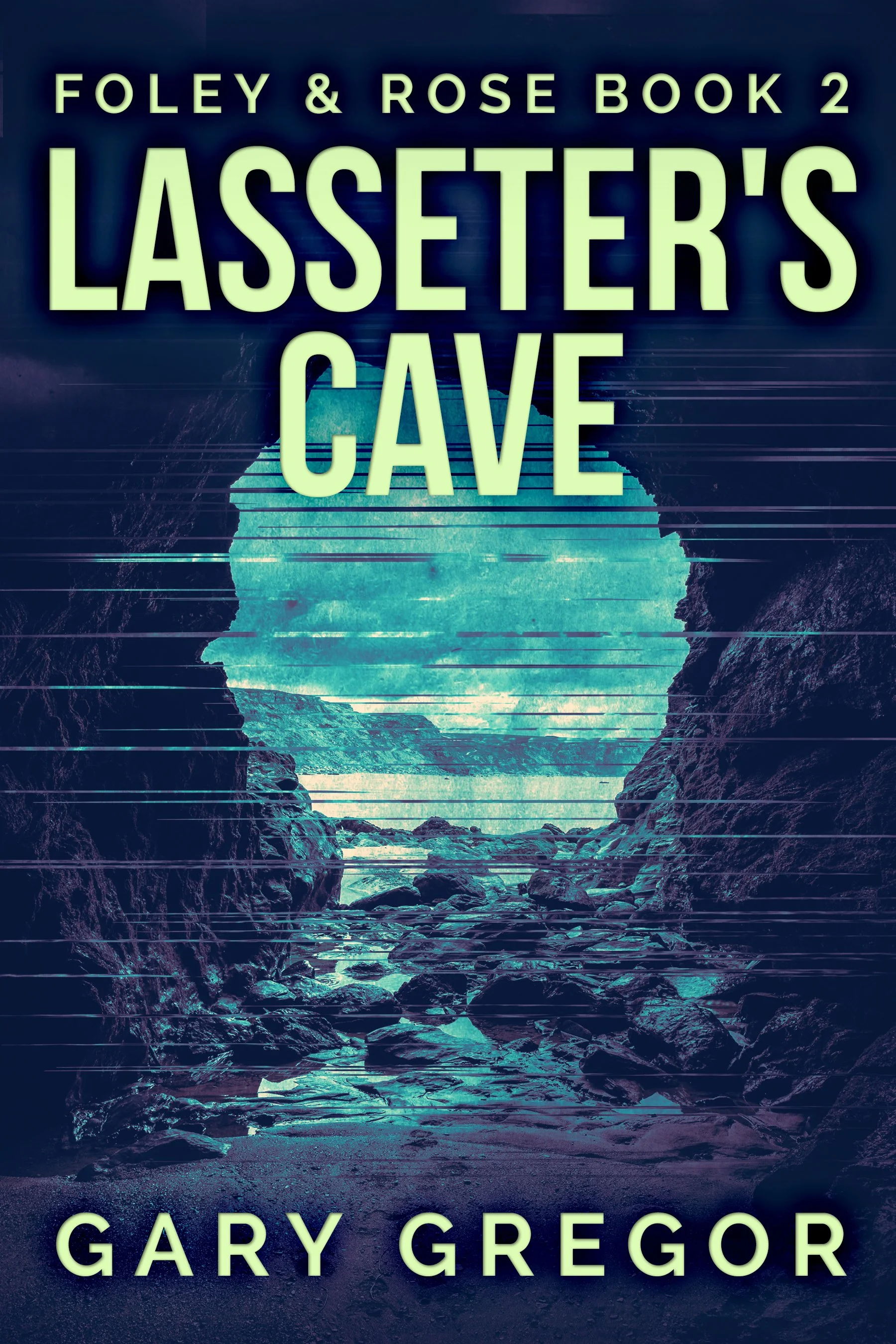

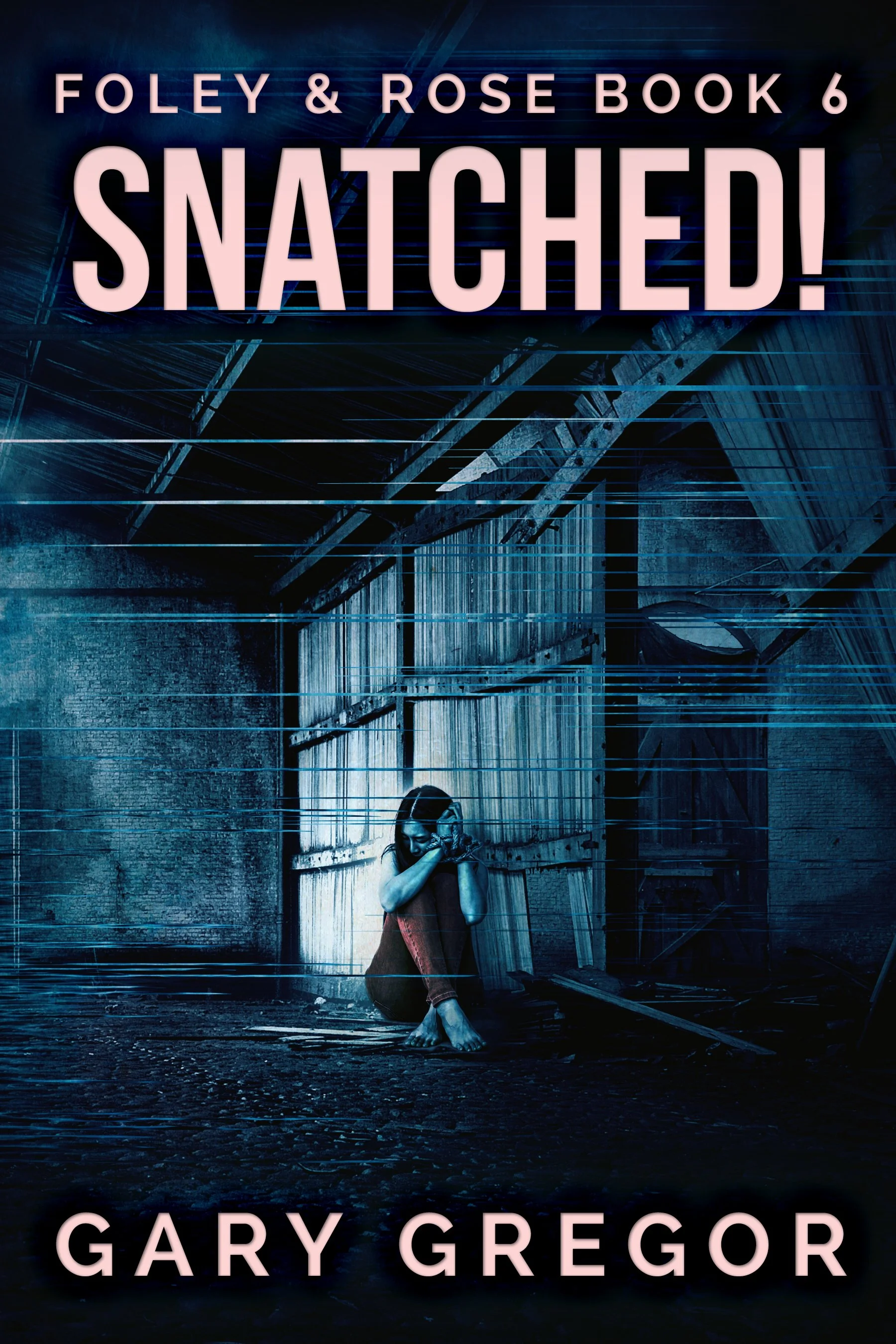
Praesent id libero id metus varius consectetur ac eget diam. Nulla felis nunc, consequat laoreet lacus id.